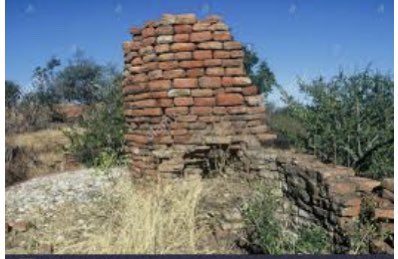
The AVM bus - a local icon
1. I was always intrigued by the acronym “AVM” since I was a boy. My search led me to a beautiful history of this bus model & why it deserves a high place amongst the greats of Zimbabwe. I wrote it in a recent BSR but here’s one for the Twitter market.
1. I was always intrigued by the acronym “AVM” since I was a boy. My search led me to a beautiful history of this bus model & why it deserves a high place amongst the greats of Zimbabwe. I wrote it in a recent BSR but here’s one for the Twitter market.
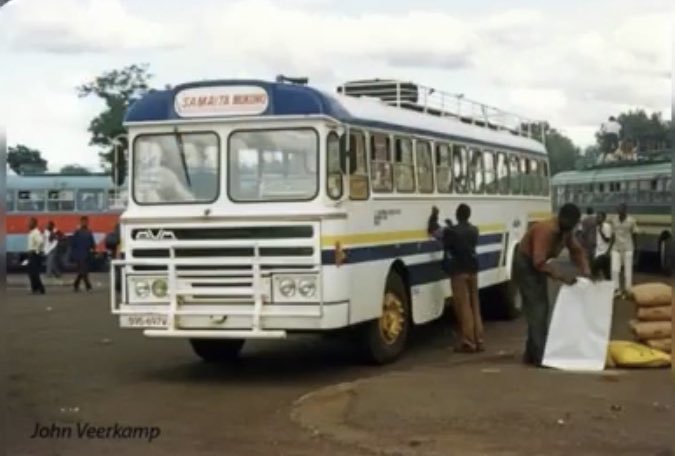
2. Before the 1960s, bus supplies were largely imported from Britain with Leyland being the dominant company. When Ian Smith declared independence in 1965 (UDI), Rhodesia faced UN sanctions & British supplies dried up. There had to be a new plan, as was the case in other areas.
3. Dahmer Pvt Ltd had been formed in 1961. It took on the challenge of developing the AVM as a “home-produced vehicle” which was mass produced from 1974 (White, 2016). Dahmer was now a Lonrho subsidiary. It started as a short model carrying 64 passengers before rising to 76. 
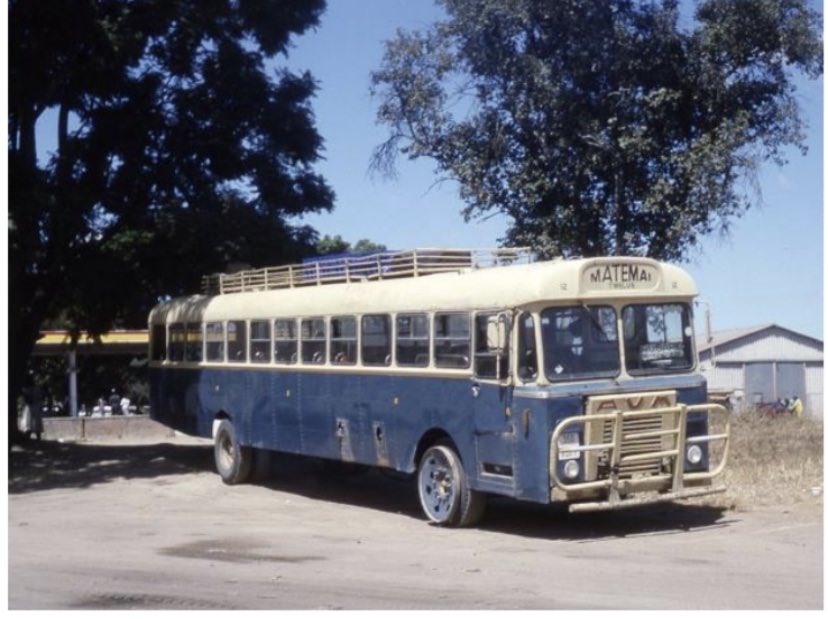
4. This adaptation to difficult conditions brought by sanctions was a great achievement but it is what came later that is even more interesting. Zimbabwe became independent in 1980. This resulted in the lifting of UN sanctions. Those that had left started trooping back. 
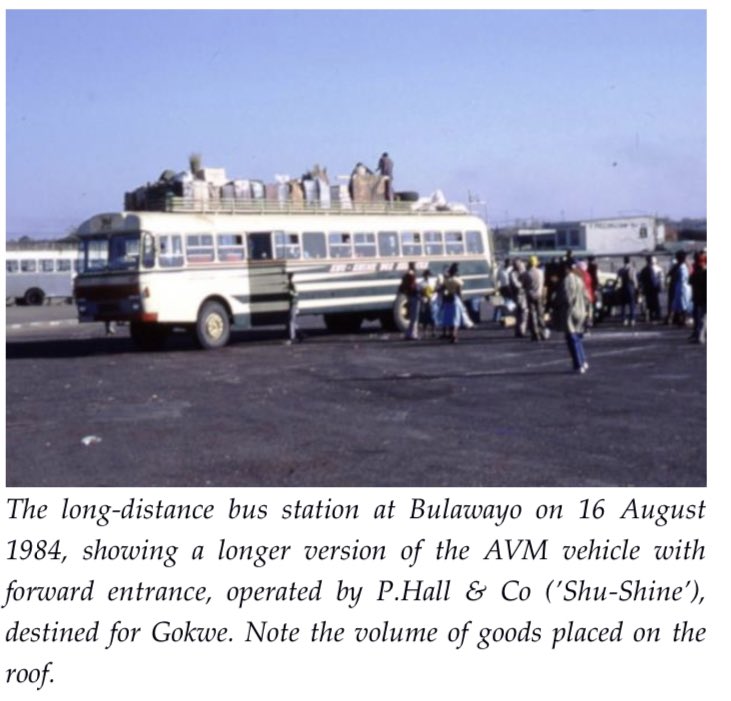
5. Among the returnees were companies like British Leyland. But they found that the landscape had changed dramatically. The AVM had used their absence to fully and effectively establish itself as the vehicle of choice. Leyland struggled to loosen AVM’s grip on the market. 
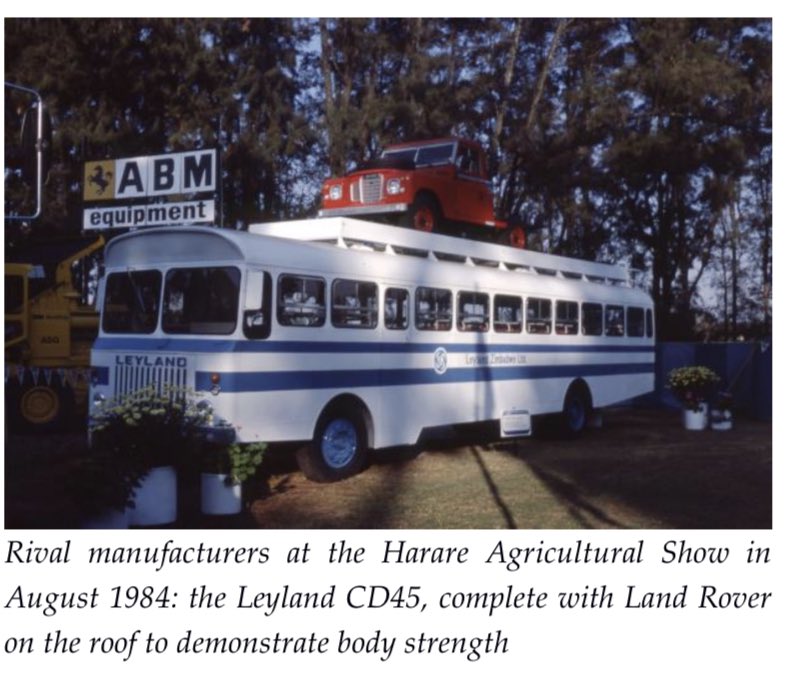
6. According to Peter White, “The AVM model had become very well-established not only due to lack of alternatives, but also its very robust design, well-suited to the poor road conditions”. On the other hand, the Leyland model struggled with a weaker structure. It was unreliable.
7. More impressively, the AVM model did so well that a new model was made for the export market. Yes, Zimbabwe was exporting buses to the region! The attached picture shows the AVM Export model, which was longer than the local model. 
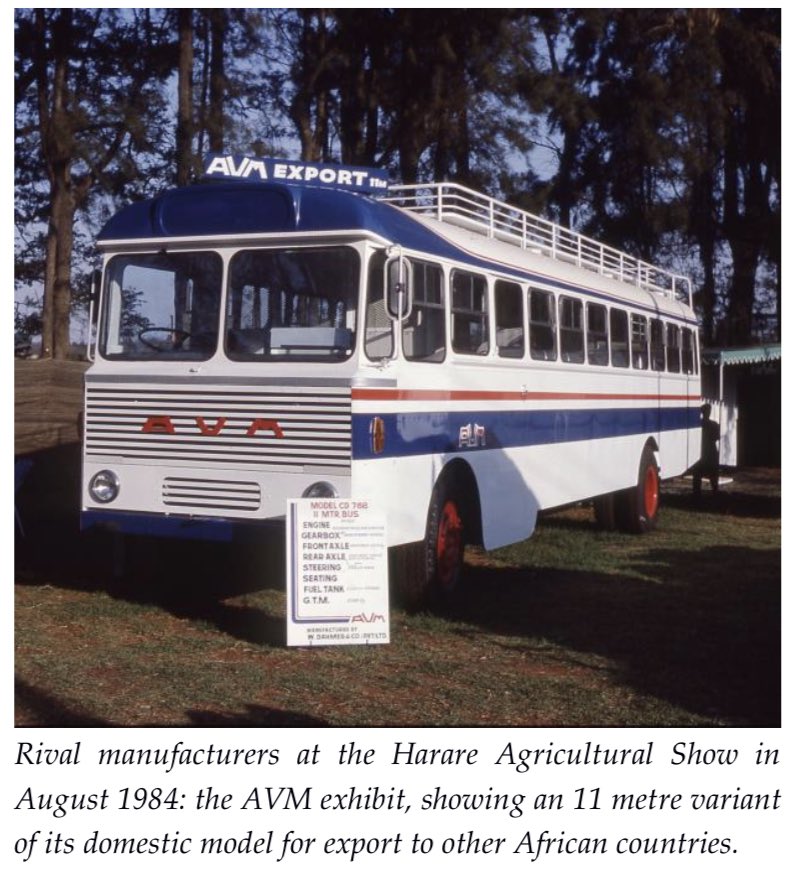
8. The company was taken over by KSM Holdings in 2002. I don’t know if it’s still manufacturing buses. But there are very few Zimbabweans who have never used this icon at some point in their lifetime. If they didn’t use it, they were certainly familiar with it on the roads. 
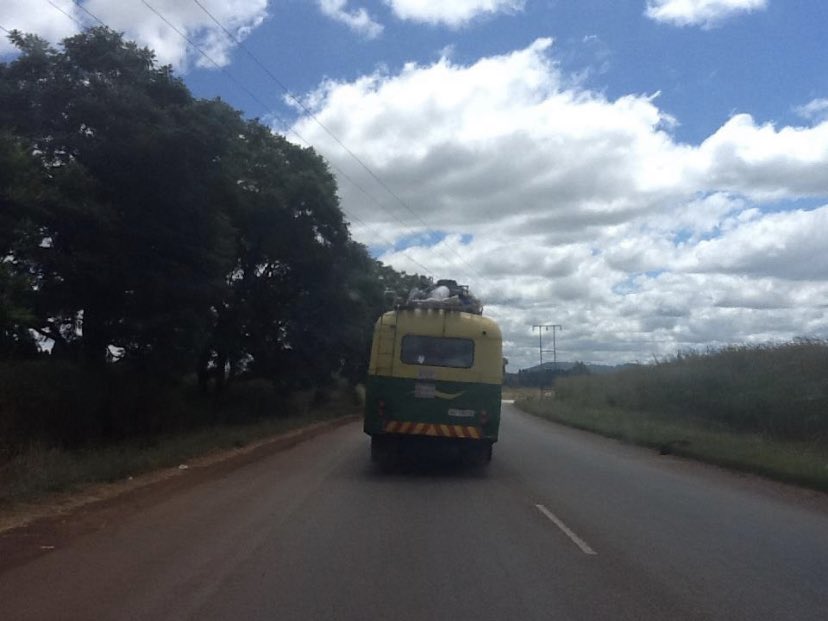
9. Some operators had large fleets with routes all over the country: Kukura Kurerwa, Tenda, Chawasarira, Mucheche, Ajay, Tombs, Mhunga, etc. The AVM was a familiar sight on the roads & bus markets like Mbare & Renkini were a hive of activity upon which small economies were built 

10. Very old AVM buses still ply routes across the country. Proud owners & drivers often inscribed affectionate declarations & slogans on them as marks of identification & pride. I took this picture in 2013: “In God We Trust”. Indeed. Let’s raise a glass in honour of the AVM! 
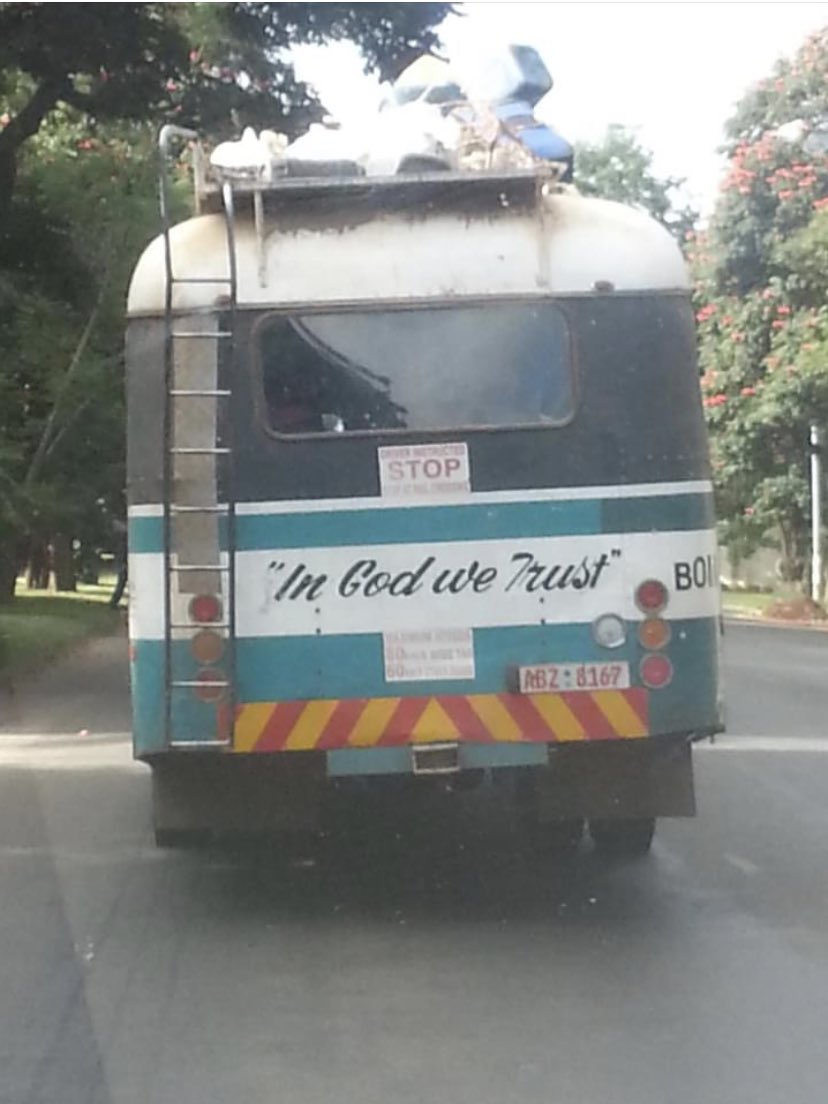
11. I never got to know what AVM stands for, but I’m glad my search led me to the story of the model. If anyone knows, please help! Acknowledgement: I could not have put this together without reference to the work of Peter White: The Development of Bus Services in Zimbabwe (2016)
• • •
Missing some Tweet in this thread? You can try to
force a refresh






